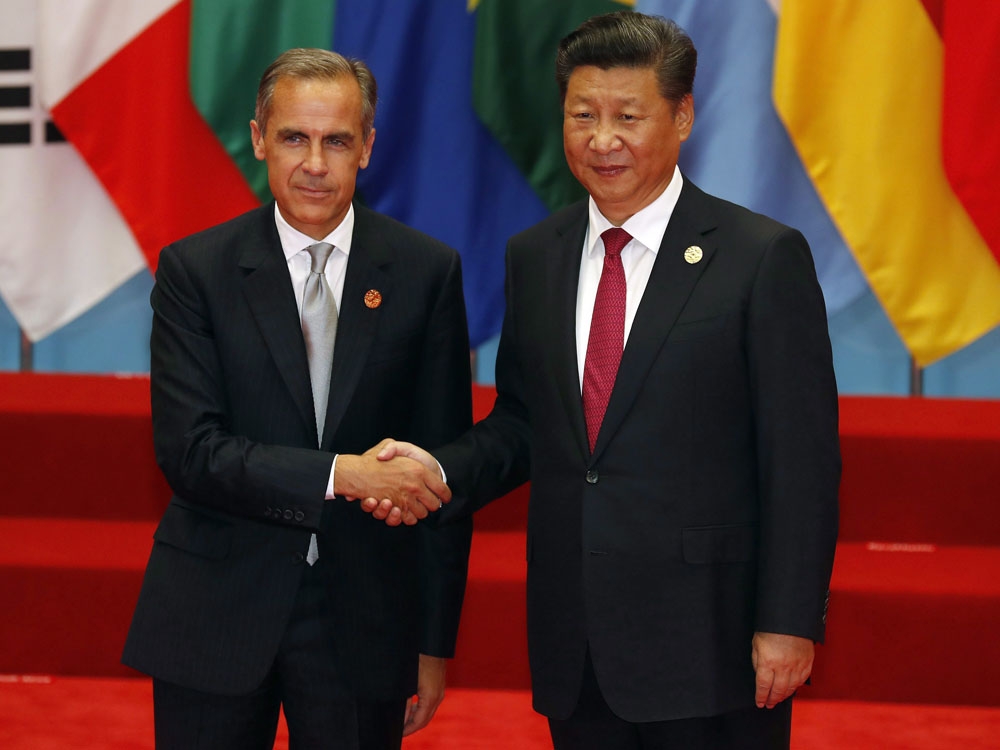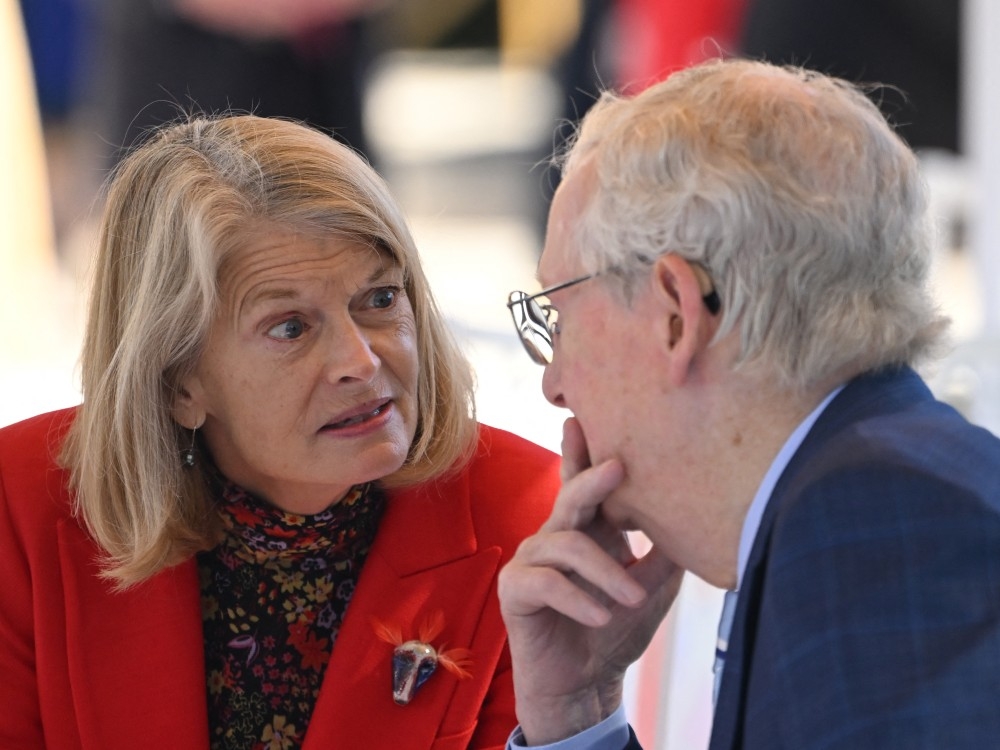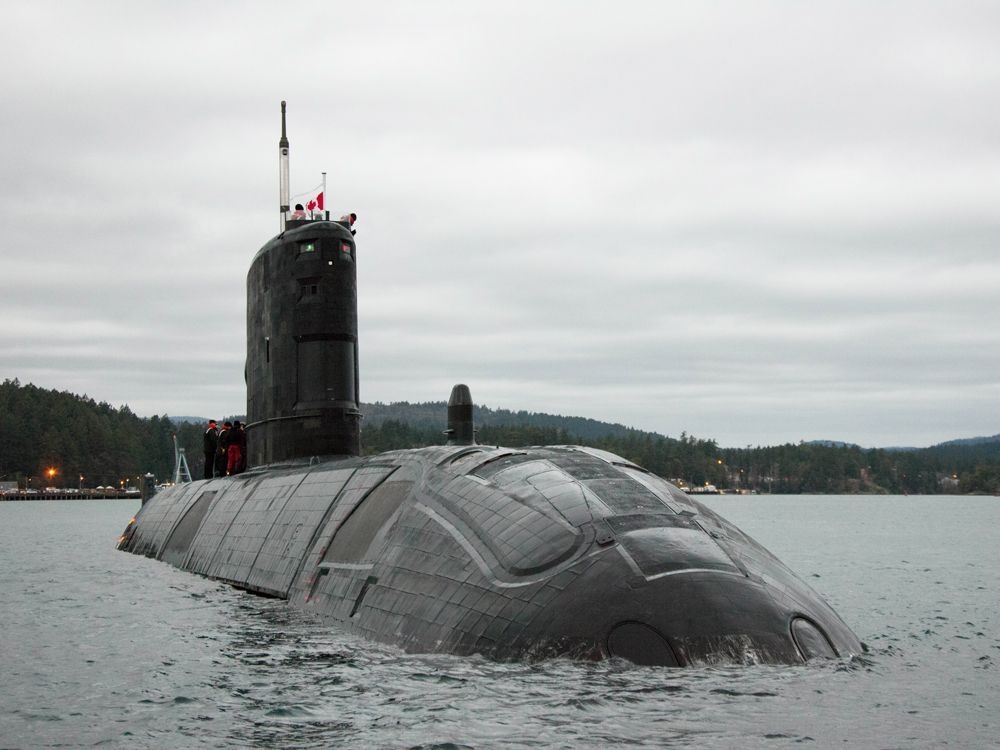For twenty-five years, a beacon of human ingenuity has orbited our planet – the International Space Station. This weekend marks an unprecedented milestone: a quarter-century of unbroken human presence off-world, a testament to collaboration and relentless exploration.
The story began on November 2, 2000, when the first long-term residents cautiously opened the hatch. Bill Shepherd of NASA, alongside Russian cosmonauts Sergei Krikalev and Yuri Gidzenko, embarked on a nearly five-month mission to transform a cold, metallic structure into a livable home. They weren’t just inhabiting space; they were building a future.
Remarkably, nearly 300 individuals from 26 nations have since graced the station’s corridors. From seasoned astronauts to pioneering space tourists and even a film crew, the ISS has become a microcosm of global cooperation. Seven crew members currently call it home, representing the United States, Russia, and Japan.
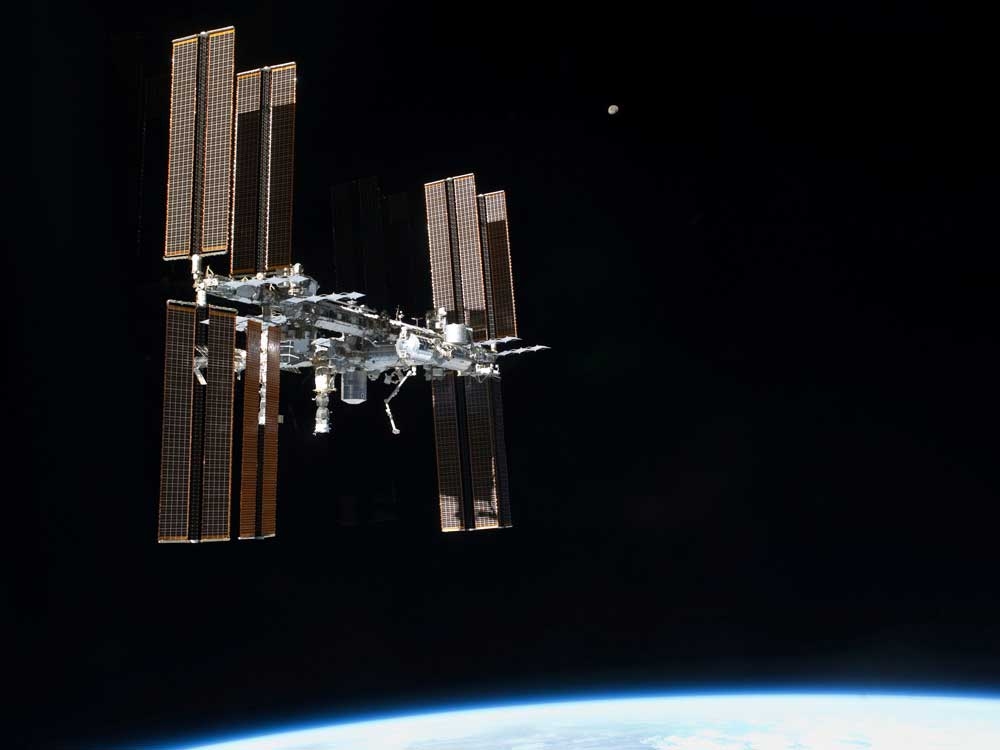
The early days weren’t without challenges. Dennis Tito, a California businessman, famously became the first self-funded space traveler in 2001, sparking debate but ultimately paving the way for commercial spaceflight. NASA now welcomes private crews for short-term stays, expanding access to the wonders of orbit.
Life aboard the ISS isn’t without risk. Despite the seemingly smooth operations, the station has faced near-disasters – a spacewalker’s close call with drowning, a chaotic docking incident, and the constant threat of micrometeoroids and structural fatigue. Yet, it endures, exceeding its original design life by a significant margin.
Today, the ISS is a far cry from its humble beginnings. Now the size of a football field, it boasts advanced laboratories, personal internet phones, and a breathtaking cupola offering panoramic views of Earth. Astronauts can even enjoy the occasional musical performance, as demonstrated by Canadian astronaut Chris Hadfield’s iconic rendition of David Bowie’s “Space Oddity.”
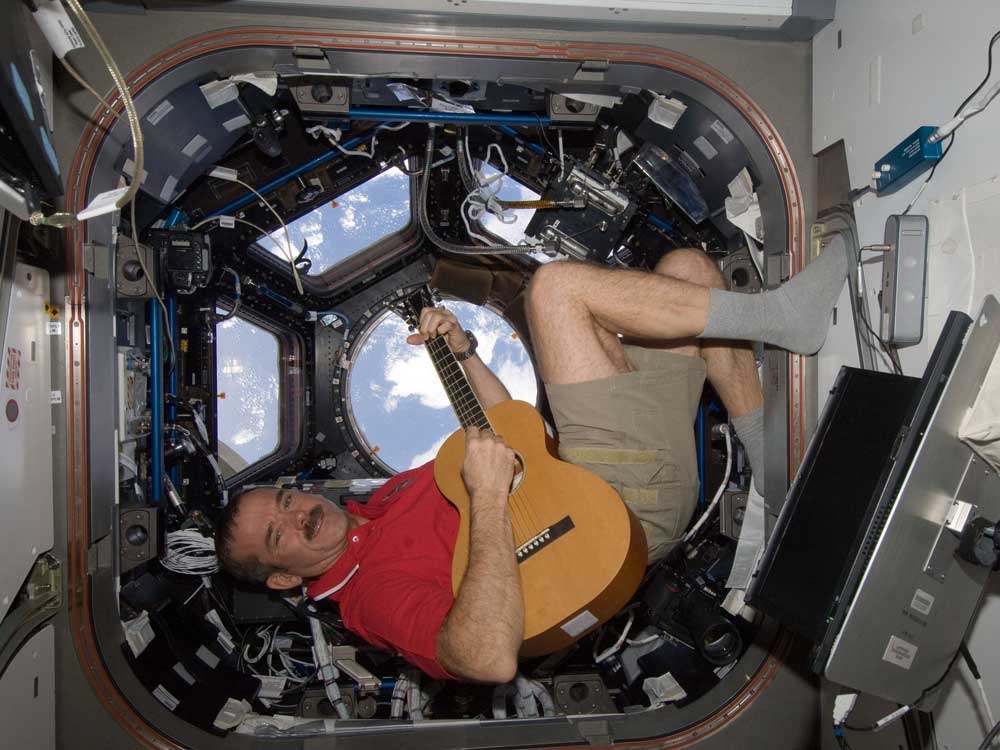
Touches of home have transformed the station’s atmosphere. Experimental gardens now yield vibrant chile peppers and zinnias, adding color and a taste of Earth to the menu. While luxuries like showers and laundry remain elusive, the station offers a surprisingly comfortable environment, described by veteran astronaut Bill Shepherd as a “four-star hotel.”
Beyond the scientific advancements, the ISS has witnessed deeply personal moments. Astronauts have celebrated weddings, welcomed children, and mourned losses while orbiting the planet. One astronaut even dialed into his wife’s delivery room from space, a poignant reminder of the ties that bind us to Earth.
The station has also served as a unique laboratory for medical research. A critical discovery of a blood clot in an astronaut’s jugular vein prompted remote medical intervention, highlighting the importance of in-space healthcare. The groundbreaking Twins Study, involving astronauts Scott and Mark Kelly, provided invaluable insights into the effects of long-duration spaceflight on the human body.
As the ISS approaches the end of its operational life, NASA is looking to the future. SpaceX has been contracted to safely deorbit the station in 2031, guiding it to a controlled reentry over the Pacific Ocean. But this isn’t an ending; it’s a transition.
Axiom Space is already preparing to attach its own modules to the ISS, eventually detaching to form a fully independent commercial space station. Other companies are also developing their own orbital outposts, ensuring a continuous human presence in low Earth orbit. The legacy of the ISS will live on, inspiring a new era of space exploration and innovation.


